Porsche Decades: An Introduction to the Porsche Story
 by Jay Gillotti
by Jay Gillotti
“‘Porsche Decades’ is an introduction to Porsche history from 1875 to 2023. It is written and designed for new Porsche owners and club members, or those wanting to learn more about the brand. Each chapter touches on the major events and projects important to Porsche’s history during the period. The main topics are meant to spark further interest and provide a jumping-off point for further exploration of this fascinating automotive and engineering history. Plentiful sidebars add general knowledge and enrich the narrative for new and experienced Porsche enthusiasts alike.”
This admirably clear mission statement is from the back cover and it’s all a prospective buyer would need to know to calibrate their expectations. Too few authors bother to articulate what their book is meant to do, and sometimes, one suspects, for a reason. Gillotti is an old hand at writing and thinking out loud so does not need to seek subterfuge in obfuscation.
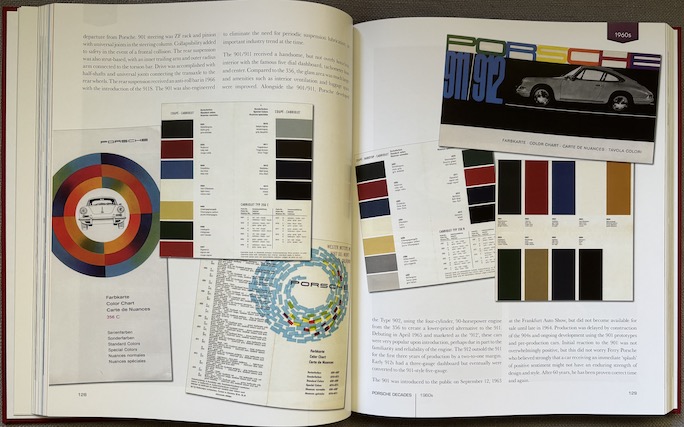
With a father running a VW/Audi dealership he’s been Porsche-adjacent since boyhood and has inched ever closer throughout adulthood, with Porsche ownership drawing him into the marque club world in the US, not just as an anonymous member but as a volunteer historian teaching classes. His name pops up in their magazines and in the acknowledgments of various motorsports books, and in 2019 he put forth his own Porsche motorsports book, Gulf 917 (same publisher). Long story short, this man has actively engaged with Porsches of all stripes for a long, long time.
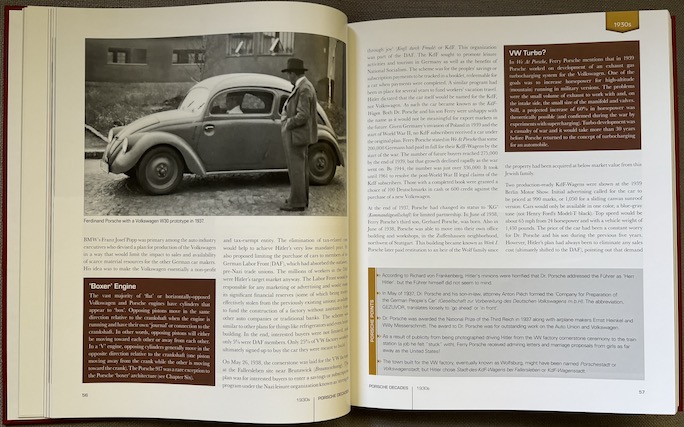
Here a typical spread, to showcase examples of sidebars and a nifty feature of highlights called “Porsche Points.”
The 917 book was the proverbial deep dive and tightly focused, and in it Gillotti described himself as a specialist rather than a generalist. This new book, his second, casts a much wider net. The subtitle is not actually printed on the cover but that is just what the book is, a broad overview, akin to what Gillotti would consider a “textbook at the local college” to be. In terms of organization and focus it certainly is that but the excerpt above also mentions the experienced Porsche enthusiast. So how deep does this book drill? It’s mammoth Index has a listing for the Justicialista Sport . . . you’d have to be quite uncommonly well read to know what this fiberglass oddity from Argentina has to do with Porsche, and you’d be hard-pressed to find it in anybody else’s text introductory or otherwise. Even a much less obscure item like the standard Porsche ignition switch being located on the outboard side of the dash is given an explanation that will surprise some: saves pennies because the wire run is shorter.
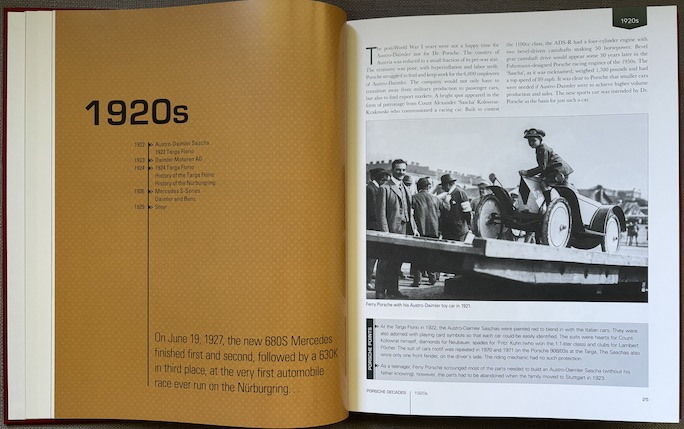
Young Master Ferry in 1921.
Likewise, all but marque experts will be surprised to learn that you have to dial the clock back a stout century and a half to come to the cradle of Porsche history; the book begins with the birth of Ferdinand P. in 1875 and goes up to 2023. Fittingly the first bit of text in the book is a meditation on time and what we do with it by his son Ferry (1909–1998) whose mandate to make Porsche designs “future proof” is ably contextualized in the fine Foreword by Miles Collier of the Revs Institute.
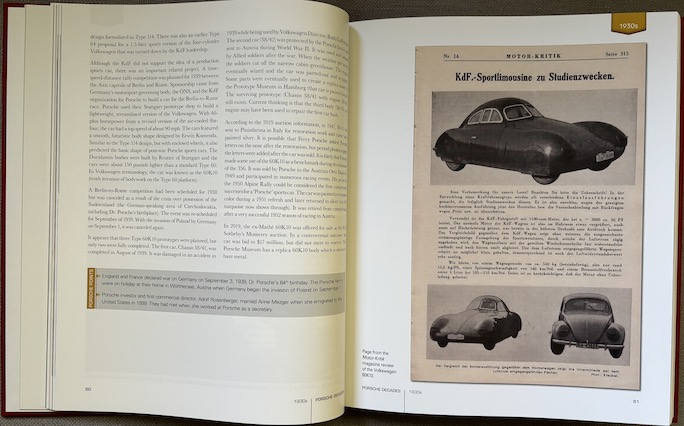
The book does not offer translations of German material such as this magazine article that has an amusing opening that begins “A preamble for readers” and, summarized, tells readers to heed the headline (concept car) and refrain from flooding the carmaker with pricing inquiries.
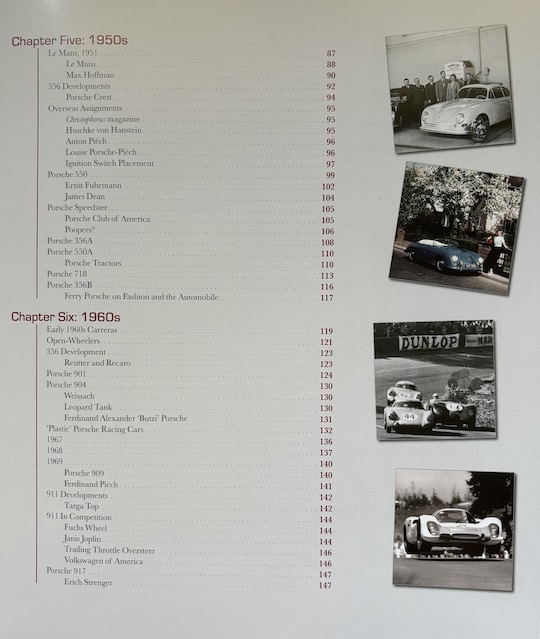 If you begin a book at the front, the Table of Contents is where you get a first impression of what to expect. And what an impression it makes. It’s four pages long because it even includes the titles of the many sidebars that, again see excerpt above, “enrich the narrative.” This is helpful because a newbie would surely not know to expect a sidebar on “Poopers?” in the chapter “Porsche Speedsters”. Also helpful: in-text cross-references facilitate deeper immersion. This awareness of a reader’s needs carries through all the way to the end of the book where Gillotti, assuming that people must now be itching to hit the classifieds to look for a car, adds the “Afterword: Brief thoughts on buying and owing a new, used, vintage or collectible Porsche.” Too clever. That there is a Bibliography is par for the course, but not that it is also annotated (which may well save you some unnecessary purchases).
If you begin a book at the front, the Table of Contents is where you get a first impression of what to expect. And what an impression it makes. It’s four pages long because it even includes the titles of the many sidebars that, again see excerpt above, “enrich the narrative.” This is helpful because a newbie would surely not know to expect a sidebar on “Poopers?” in the chapter “Porsche Speedsters”. Also helpful: in-text cross-references facilitate deeper immersion. This awareness of a reader’s needs carries through all the way to the end of the book where Gillotti, assuming that people must now be itching to hit the classifieds to look for a car, adds the “Afterword: Brief thoughts on buying and owing a new, used, vintage or collectible Porsche.” Too clever. That there is a Bibliography is par for the course, but not that it is also annotated (which may well save you some unnecessary purchases).
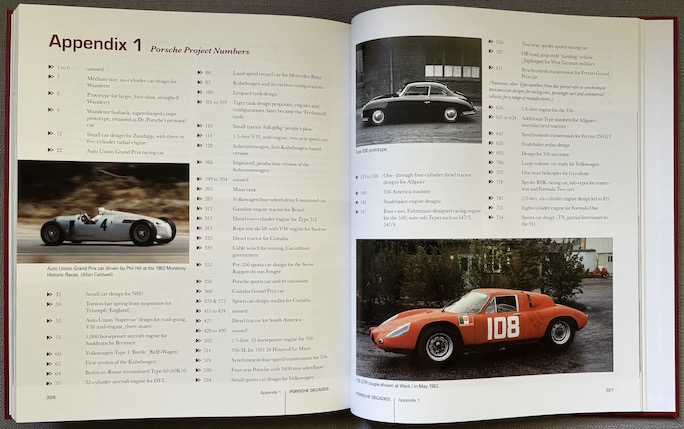
 The entire product palette is discussed, including race cars. The contents is divided by decades, each chapter opener introducing a differently colored tab in the upper right that then is repeated on each page—but also bleeds, making it visible on the top edge (see right). Again, clever, and a nice “extra” design touch even if it is of limited practical use unless you memorize what color represents what decade.
The entire product palette is discussed, including race cars. The contents is divided by decades, each chapter opener introducing a differently colored tab in the upper right that then is repeated on each page—but also bleeds, making it visible on the top edge (see right). Again, clever, and a nice “extra” design touch even if it is of limited practical use unless you memorize what color represents what decade.
Let’s divert for a quick moment to rhapsodize about something that is not specifically related to the contents but that is super critical to a reader: proofreading. There is not a typo in sight which is especially laudable in a text that incorporates foreign-language words and names. If you read a lot you know that avoidable sloppiness can sour you on a book. Also, with so many of our readers on the bookmaking side of things, page makeup and typesetting finesse deserve special mention—it is no exaggeration to say that even someone with no interest in the subject matter would find this book deeply satisfying to look at and benchmark. Being a Dalton Watson production, it is just about superfluous to remark that book design, premium paper/printing, and image reproduction are top notch.
Unrelated: if you’re already making space on the bookshelf, you might as well clear a bigger hole because very soon the first volume of a dozen or more on Porsche motorsports is to be released (different author/publisher).
Copyright 2024, Sabu Advani (speedreaders.info).


 RSS Feed - Comments
RSS Feed - Comments






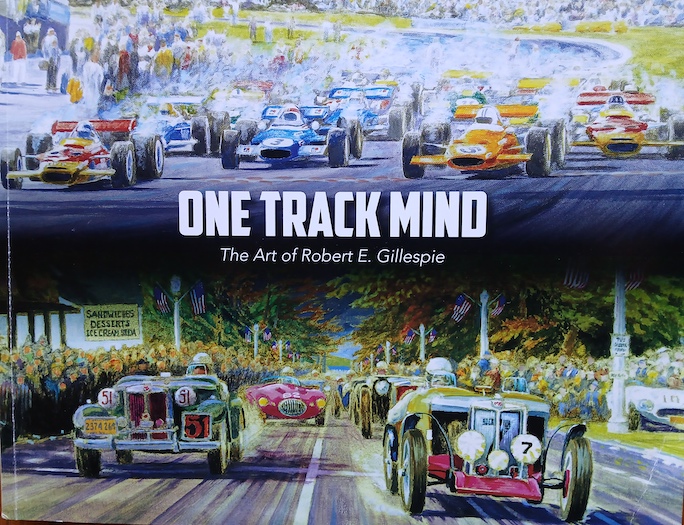




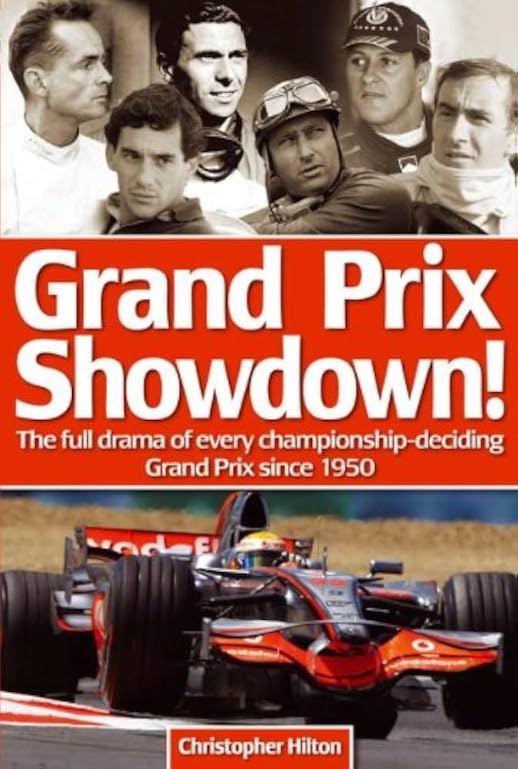



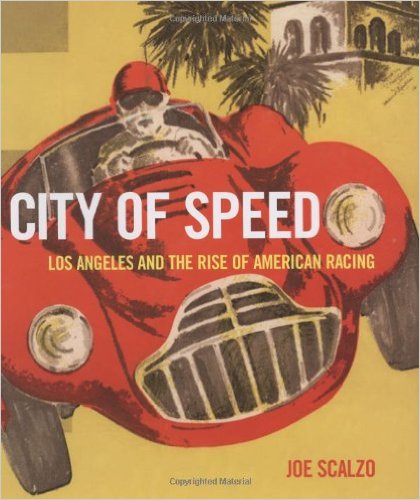



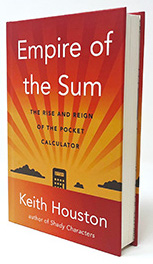

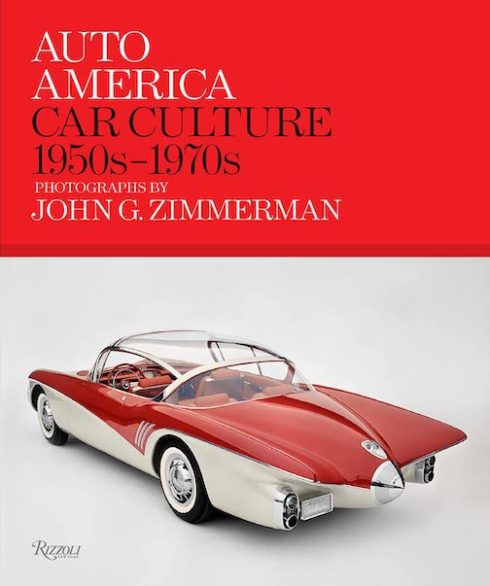






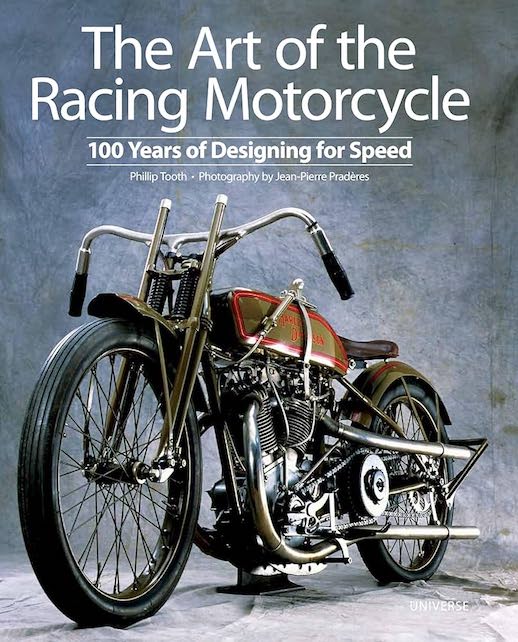
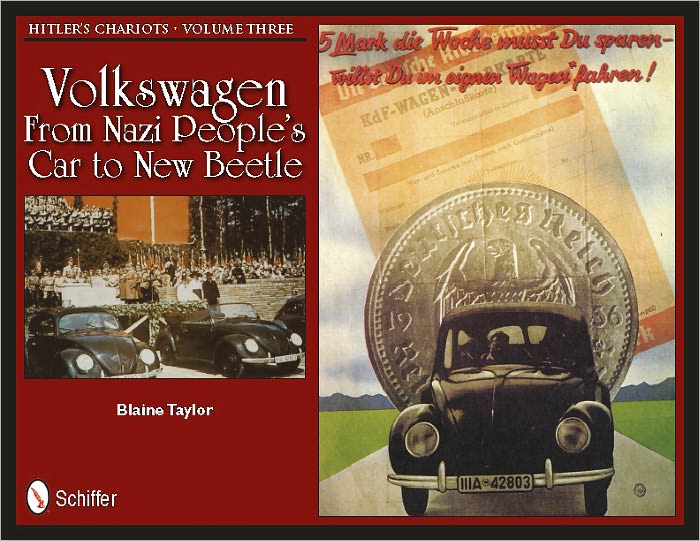


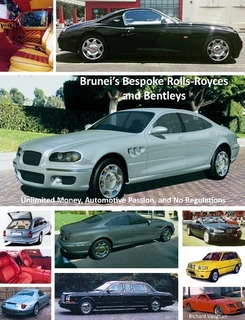
















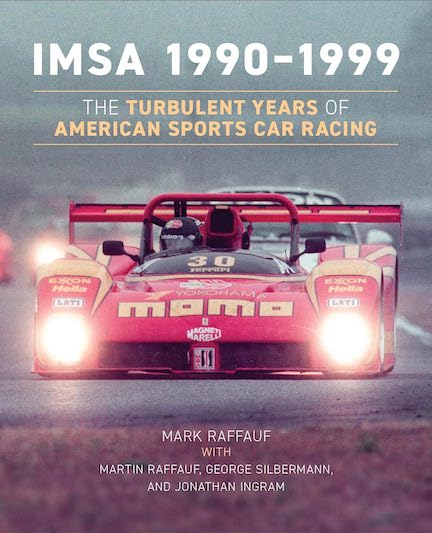


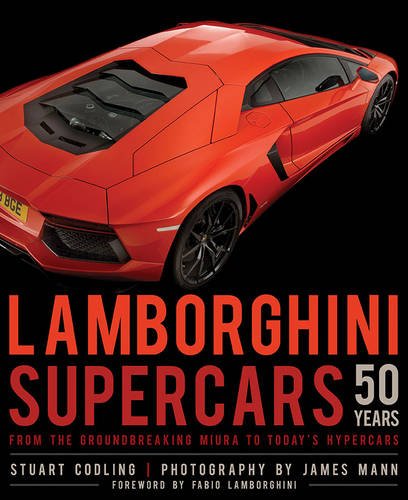







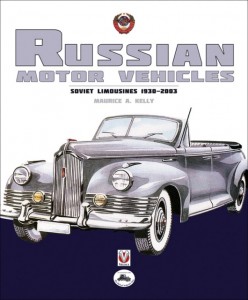

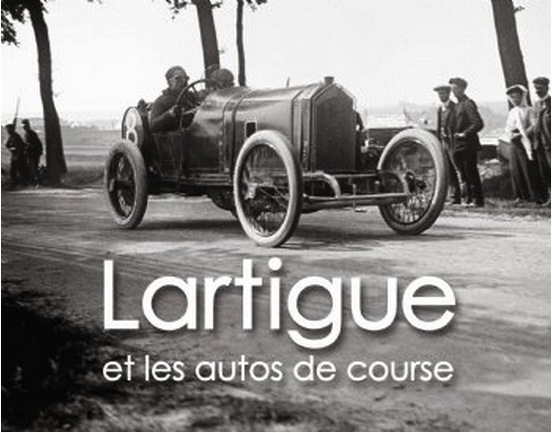

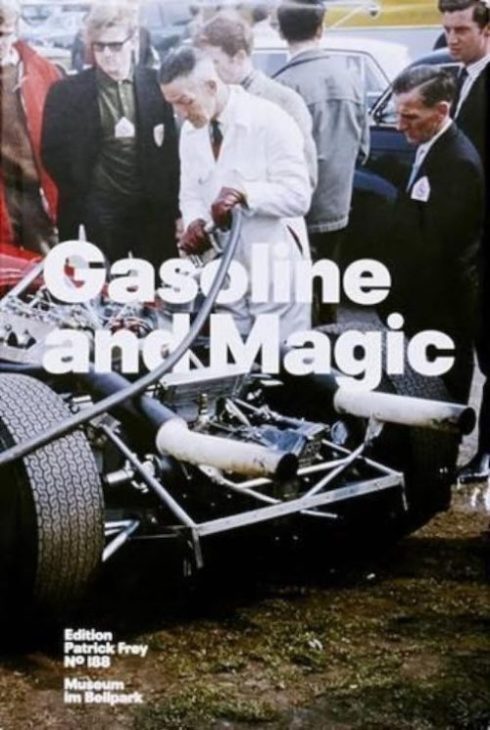





 Phone / Mail / Email
Phone / Mail / Email RSS Feed
RSS Feed Facebook
Facebook Twitter
Twitter